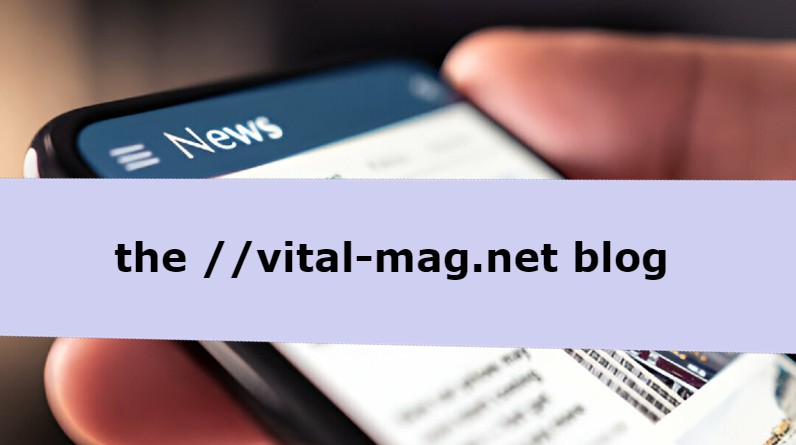Planning a successful event—whether it’s a wedding, corporate gathering, or community festival—requires careful thought and organization. Each detail contributes to the overall experience, making it crucial to have a structured approach. In this article, we’ll explore how effective planning, thoughtful invitations, and engaging activities can create memorable events.
Setting Up Your Plan
A solid foundation is essential for any event. One effective way to streamline the planning process is by using a work instruction template. This template serves as a comprehensive guide that outlines tasks, assigns responsibilities, and sets timelines. With a clear structure, your team can work efficiently, minimizing the chances of miscommunication and oversight.
Benefits of a Work Instruction Template
Clarity and Focus: By clearly defining each task, a work instruction template helps team members understand their roles and responsibilities. This clarity is vital for maintaining focus and ensuring that all aspects of the event are covered.
Improved Accountability: Assigning specific tasks to individuals creates accountability. Team members are more likely to follow through when they know what is expected of them.
Enhanced Communication: A centralized document allows for easier updates and communication among team members. Changes can be tracked, ensuring everyone stays informed.
Streamlined Processes: The template can include checklists for different phases of planning, making it easier to track progress and deadlines. Using a work instruction template not only helps organize the planning process but also fosters teamwork, which is essential for a successful event.
Designing Invitations
Once your planning framework is in place, it’s time to focus on inviting guests. While digital invitations are convenient, print invitations add a personal touch that can significantly enhance the experience. High-quality printed invitations create a sense of anticipation and can leave a lasting impression on your guests.
Tips for Effective Print Invitations
Choose the Right Design: Select a design that reflects the theme and tone of your event. Whether elegant, casual, or whimsical, the invitation should give guests a glimpse of what to expect.
Include Essential Information: Make sure to include all necessary details such as the date, time, location, dress code, and RSVP information. Clear communication is key to ensuring your guests have all the information they need.
Quality Matters: Invest in high-quality materials for your invitations. A beautifully designed card can convey the significance of the event and make guests feel valued.
Consider Handwritten Notes: Adding a personal touch, such as a handwritten note, can make your invitations feel even more special. This small gesture can create a stronger connection with your guests.
Follow Up: After sending out invitations, consider following up with guests who haven’t RSVP’d. This can help you get a better headcount for planning purposes.
Creating an Engaging Experience
Beyond invitations, consider how to engage your guests during the event. Choose a venue that aligns with your theme and is easily accessible. Think about offering interactive activities or entertainment that will keep guests involved and entertained. Here are some ideas to enhance guest engagement:
Interactive Stations: Set up activity stations where guests can participate in hands-on experiences, such as crafts, games, or tastings related to your event theme.
Live Entertainment: Consider hiring performers or speakers who can captivate your audience. This could include musicians, comedians, or motivational speakers, depending on the nature of your event.
Photo Opportunities: Create designated photo areas with fun backdrops that encourage guests to take pictures. This not only provides entertainment but also creates lasting memories.
Networking Opportunities: For corporate events, ensure there are plenty of opportunities for attendees to network and connect with one another. This can be facilitated through icebreaker activities or designated networking times.
Following Up
After the event, follow up with your guests. Sending thank-you notes is a thoughtful way to express appreciation for their attendance. Personalize these notes when possible to strengthen connections. Additionally, gathering feedback through surveys can provide valuable insights into what went well and what could be improved for future events.
The Importance of Feedback
Identify Strengths and Weaknesses: Understanding what aspects of the event resonated with guests can help you refine your approach for future gatherings.
Gauge Satisfaction: Feedback allows you to measure guest satisfaction, helping you make informed decisions moving forward.
Enhance Future Events: Constructive criticism can guide your planning for subsequent events, ensuring continuous improvement.
Conclusion
Incorporating a work instruction template into your planning process and printing invitations can significantly enhance both organization and guest engagement. By focusing on these elements, along with creating an engaging experience, you can craft memorable events that leave a lasting impression on attendees.
As you plan your next gathering, remember that the details matter. A thoughtful approach to organization and guest interaction can transform any event into a remarkable experience. With careful planning and execution, your events can become unforgettable moments for all involved.
This version provides a more comprehensive exploration of event planning while incorporating the two anchor phrases separately. Let me know if you need any further adjustments!
For the latest updates and information, keep checking SimpCity.







